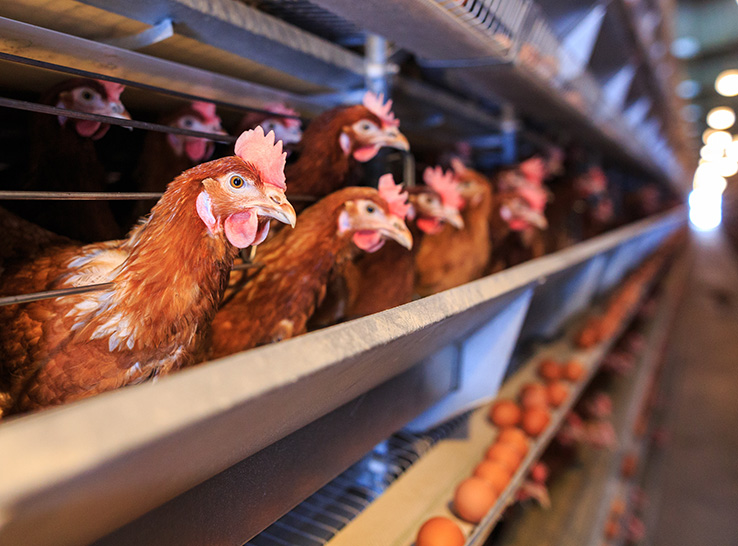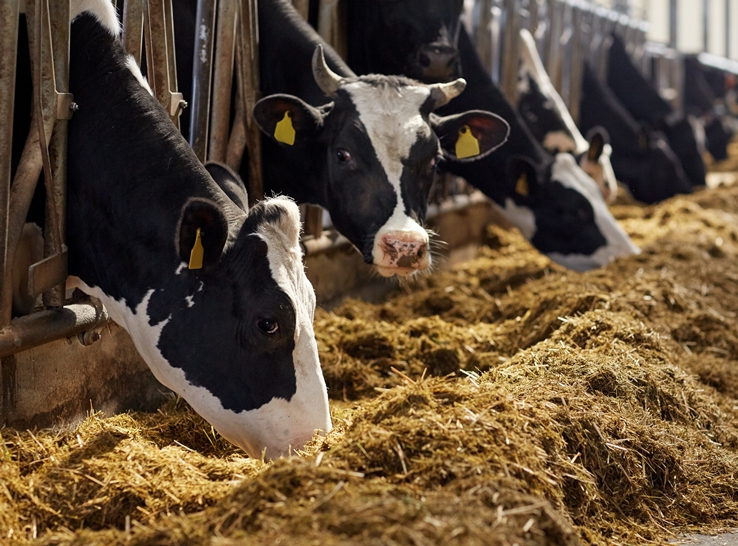When humans domesticate and breed an animal, they tend to select for a very specific trait. In laying hens, artificial selection for high egg production has led to hens that can produce 320 eggs a year. But could artificial selection have unintentionally altered hen brain morphology?
In a new study, published in Poultry Science, researchers from Germany’s Heinrich-Heine-University and Federal Institute of Animal Health investigated how commercial breeding could have affected brain size in laying hens.
The researchers analyzed brain size in two inbred strains of laying hens (WLA and R11) and compared them with seven non-commercial chicken breeds. They also analyzed brain “composition” by comparing the relative sizes of four brain regions: the telencephalon, hippocampus, tectum opticum and cerebellum.
The team found that both the WLA and R11 laying hens showed significantly smaller brains than the non-commercial breeds.
Selection for egg production
The R11 hens had larger brains than the WLA hens. These R11 hens are known for being a low-performing breed that lays around 200 eggs per year. The WLA hens are a high-performing breed that lays around 320 eggs per year.
“Selection for egg production seems to be associated with a decrease in the size of other organs, such as the brain, which is not primarily essential for high egg production,” write the study authors.
Interestingly, these findings are in line with a trend in biology. Researchers have found that many domesticated species have smaller brains than their wild counterparts. Though no one knows exactly why, there are two main theories.
One is the “regression hypothesis,” where the smaller brain is attributed to a lack of environmental awareness in domesticated animals. The competing “adaptation hypothesis” is the idea that animals have had to evolve to fit into a man-made habitat, so a smaller brain would be somehow beneficial.
For the new study, the researchers investigated whether housing system could affect brain size in commercial hens. They looked at both hen strains in both floor-housing and cage-housing systems but found no overall difference in brain size. The floor-housed hens did have a slightly larger cerebellum, which is a part of the brain important for motor control.
“Apparently, pure breeding over a long time and strong artificial selection for a high production of eggs is accompanied by (unintentional) selection for smaller brains,” write the authors.
Lower cognitive abilities
The researchers cannot confirm whether these brain changes have led to lower cognitive abilities in commercial hens, but they hypothesize that the high energy costs of egg production may redirect energy aware from the birds’ cognitive abilities. The smaller brain sizes may also have behavioral consequences.
“Perhaps, this is one reason for the difficulty of adapting these hens to new housing systems in an appropriate manner,” they write.
The full paper, titled “Smaller brains in laying hens: New insights into the influence of pure breeding and housing conditions on brain size and brain composition,” can be found here.
Editor’s note: Content on Modern Poultry’s Industry Insights pages is provided and/or commissioned by our sponsors, who assume full responsibility for its accuracy and compliance.









